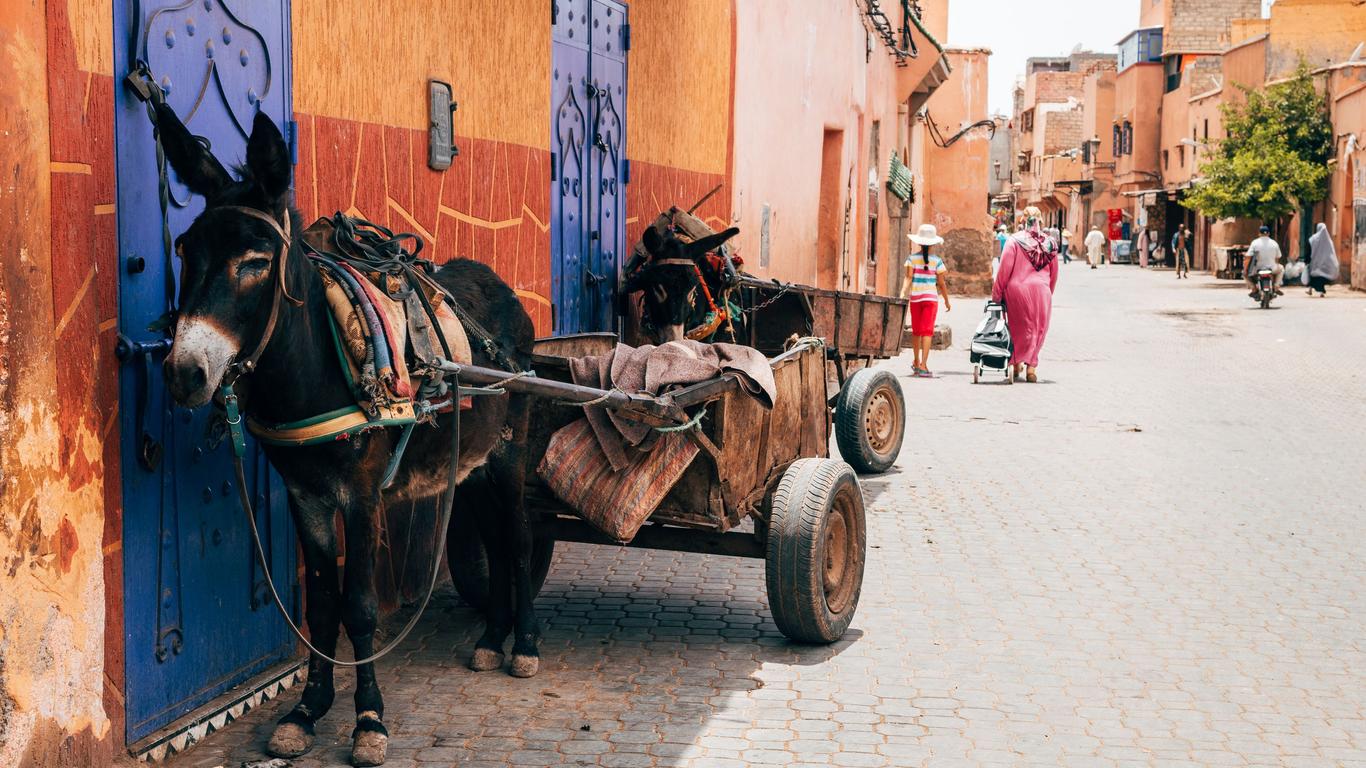In modern-day Arabic, the word ‘medina’ simply means city or town. In Marrakesh, however, the Medina quarter is a destination in itself. A walled, maze-like district of narrow streets and bustling souqs, Medina is exotic, mysterious and enchanting. Brimming with more than one-thousand-years of history, the Medina was once home to sultans, princesses, colonialists and slave traders. Today, its vibrant personality attracts artists, celebrities, and tourists alike.
Rue du Souq cuts through the centre, running northeast from Bab Lamaasa. Here, vendors sell a kaleidoscope of Persian carpets, luxurious textiles, fragrant spices, woven handicrafts, sweet mint teas, peppery tagines and much more. An open air theatre of snake charmers, hawkers and street performers, the Jemaa el Fna sits at the heart of the city. For those seeking refuge from the chaos, rooftop terraces are the perfect place to soak up the atmosphere, while sipping on chilled almond milk and digging into a plate of couscous.
Medina lies at the heart of Marrakesh, and is an easy walk from neighbouring quarters. It’s a short 15-minute drive from the international airport, and the Marrakesh railway station. Several daily train services link the city to major Moroccan hubs like Casablanca, Tangiers, Fez, Meknes and Rabat. The A7 highway can be reached by driving half an hour up the N7.
Like many North African nations, Marrakesh has a colonial past. In Medina, the Portuguese legacy is still alive, with relics like the Cathédrale Portugaise. However, Islamic influences dominate the city, with majestic buildings such as the Koutoubia Mosque showcasing the intricacies of Umayyad architecture.





